Home>Home Maintenance>What Can I Put Over Concrete Walk On Side Of House For Drainage
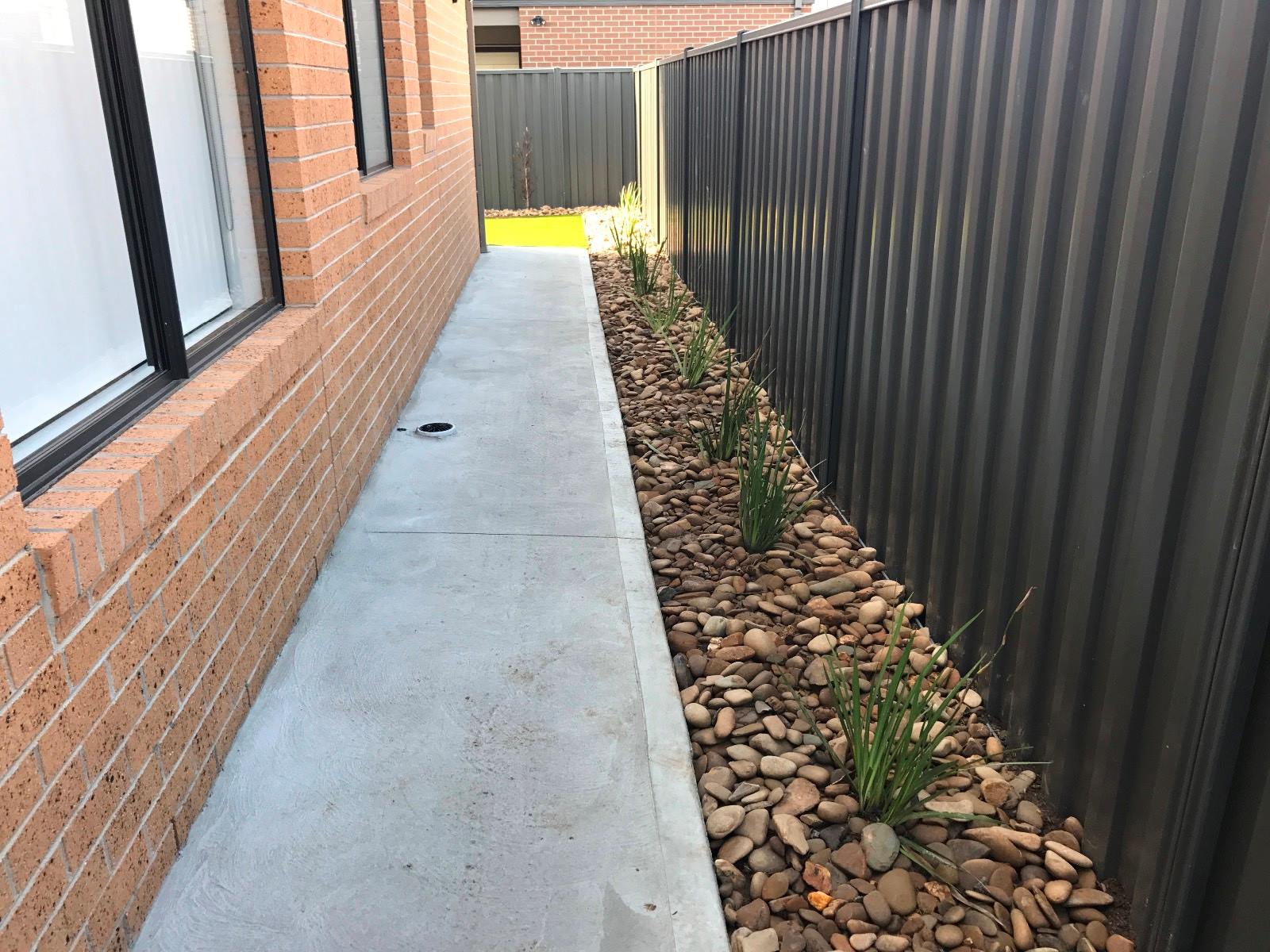

Home Maintenance
What Can I Put Over Concrete Walk On Side Of House For Drainage
Modified: August 27, 2024
Discover effective solutions for improving drainage on the side of your house with our home maintenance tips. Find out what you can put over concrete walkways to ensure proper water flow.
(Many of the links in this article redirect to a specific reviewed product. Your purchase of these products through affiliate links helps to generate commission for Storables.com, at no extra cost. Learn more)
Introduction
When it comes to maintaining the walkways around your house, proper drainage is crucial. Without adequate drainage, water can accumulate on the concrete surface, leading to damage, cracking, and even hazardous conditions. To prevent these issues, it’s essential to have an effective drainage system in place.
In this article, we will explore various options for improving the drainage on concrete walkways. Whether you’re dealing with a walkway on the side of your house or in your backyard, these solutions can help you mitigate water buildup and protect your concrete from potential damage.
Before we delve into the different drainage options, let’s discuss why drainage is so important for concrete walkways.
Key Takeaways:
- Proper drainage is crucial for concrete walkways to prevent damage, slippery surfaces, and mold growth. Options include installing drainage pipes, creating French drain systems, and using overlays with built-in drainage channels.
- Factors to consider when choosing a drainage solution for concrete walkways include location, water source, water volume, budget, aesthetic appeal, and maintenance requirements. Professional assistance may be needed for complex installations or existing walkways.
Read more: How To Put Concrete Over Grass
Importance of Drainage for Concrete Walkways
Drainage is a critical aspect of maintaining the integrity and longevity of concrete walkways. Without proper drainage, water can seep into the concrete, leading to a range of issues.
Firstly, stagnant water on the surface of the walkway can create a slippery and unsafe environment, posing a risk of accidents. This is especially concerning during rainy seasons or in areas with high precipitation.
Moreover, water that accumulates around the edges of the walkway can lead to erosion, causing the concrete to crack and crumble over time. The freeze-thaw cycle in colder climates can exacerbate this problem, as water expands when it freezes, causing further damage to the concrete.
Additionally, excessive moisture can contribute to the growth of mold, mildew, and algae on the walkway’s surface. These unsightly and potentially hazardous substances not only detract from the aesthetic appeal of your property but can also pose health risks.
By ensuring proper drainage, you can prevent these issues and extend the lifespan of your concrete walkways. Implementing effective drainage solutions will divert water away from the surface, preventing damage and creating a safer and more enjoyable walking experience.
Now that we understand the importance of drainage for concrete walkways, let’s explore the factors you should consider before choosing a drainage solution.
Factors to Consider Before Choosing a Drainage Solution
Before deciding on a drainage solution for your concrete walkway, it’s important to consider several factors to ensure you choose the most suitable option for your specific needs.
1. Location and Slope: Assess the area where the walkway is located. Determine if there are any natural slopes or inclines that can aid in the drainage process. The slope of the walkway will impact how water collects and flows, and this should be taken into account when deciding on a drainage solution.
2. Water Source: Identify the source of water that is causing drainage issues. Is it predominantly rainwater runoff or a recurring plumbing issue? Understanding the source of the water will help you determine the most effective drainage solution.
3. Water Volume: Consider the volume of water that needs to be drained. If you consistently experience heavy rainfall or have a high-water table in your area, you may need a drainage solution that can handle larger volumes of water.
4. Budget: Determine your budget for the drainage project. Some solutions can be more costly than others, so it’s essential to find a balance between effectiveness and affordability.
5. Aesthetic Appeal: Consider the visual impact of the drainage solution. If the walkway is located in a highly visible area, you may want to explore options that blend seamlessly with the surrounding landscape or opt for a more decorative solution.
6. Maintenance Requirements: Evaluate the level of maintenance required for each drainage solution. Some options may require regular cleaning or inspection, while others may be more low-maintenance.
By considering these factors, you can make an informed decision when choosing the best drainage solution for your concrete walkway. Now, let’s explore some of the options available to improve drainage on your walkway.
Options for Improving Drainage on Concrete Walkways
When it comes to improving drainage on your concrete walkways, there are several effective options to consider. Each option offers unique benefits and can be tailored to suit your specific needs. Let’s explore some of these options:
1. Installing Perforated Drainage Pipes: One common solution is to install perforated drainage pipes beneath the surface of the walkway. These pipes allow water to flow freely, preventing it from pooling on the concrete. This option is especially effective when combined with a proper slope to direct water away from the walkway.
2. Creating a French Drain System: A French drain is a trench filled with gravel and a perforated pipe that collects and redirects water away from the walkway. This solution is particularly useful in areas with high water tables or heavy rainfall. It provides a reliable and efficient drainage system to prevent water buildup.
3. Using a Concrete Overlay with Built-in Drainage: Another option is to apply a concrete overlay specifically designed with built-in drainage channels. These overlays are installed over the existing concrete surface and allow water to flow easily through the channels, preventing water buildup and potential damage.
4. Applying a Waterproof Membrane and Sloping the Surface: A popular solution for improving drainage is to apply a waterproof membrane on the concrete surface and then slope it to redirect water away. The membrane acts as a barrier, preventing water from seeping into the concrete while the slope facilitates water runoff.
5. Installing a Pervious Concrete or Interlocking Paver System: Pervious concrete and interlocking paver systems are designed to allow water to permeate through the surface. These porous materials enable water to filter through, reducing the risk of water accumulation on the walkway. This option is not only effective for drainage but also provides an aesthetically pleasing solution.
Consider these options and choose the one that best suits your specific requirements, taking into account factors such as water volume, budget, and maintenance needs. Remember to consult with a professional if you are unsure about the best drainage solution for your concrete walkway. In the next sections, we will discuss each option in detail.
Option 1: Installing Perforated Drainage Pipes
One effective solution for improving drainage on concrete walkways is to install perforated drainage pipes. These pipes are designed to collect and divert excess water away from the walkway, preventing water buildup and potential damage.
The installation process involves excavating a trench along the perimeter of the walkway and placing the perforated drainage pipes within it. The pipes are then covered with gravel to facilitate water flow and prevent clogging. The trench is then filled back in, ensuring the pipes are properly positioned below the surface of the walkway.
Perforated drainage pipes work by allowing water to enter through the small holes or slits on the pipe’s surface. As water accumulates, it flows through the pipes, away from the walkway. By implementing a proper slope, gravity assists in directing the water towards a suitable drainage outlet, such as a storm drain or a designated drainage area.
This solution is particularly effective in areas with significant rainfall or soil with poor drainage capabilities. By installing perforated drainage pipes, you can ensure that any excess water is quickly directed away from the walkway, reducing the risk of water damage and maintaining the integrity of the concrete surface.
It is important to note that the installation of perforated drainage pipes typically requires professional expertise, especially when dealing with existing concrete walkways. Hiring a qualified contractor will ensure the pipes are installed correctly and in accordance with local building codes.
Remember, proper maintenance of the drainage system is vital for its long-term effectiveness. Regularly inspect the pipes for any signs of clogging or damage and clear any debris that may hinder the flow of water. By keeping the drainage system well-maintained, you can ensure optimal performance and protect the longevity of your concrete walkway.
Continue reading to explore more options for improving drainage on your concrete walkways.
You can put permeable pavers or gravel over the concrete walk to improve drainage. This will allow water to seep through and reduce runoff.
Read more: How To Put Siding Over Stucco
Option 2: Creating a French Drain System
Another effective option for improving drainage on concrete walkways is to create a French drain system. A French drain consists of a trench filled with gravel and a perforated pipe to collect and redirect water away from the walkway.
The first step in installing a French drain is to dig a trench along the side or perimeter of the concrete walkway. The trench should slope downward to ensure proper water flow. It’s important to consider factors such as the volume of water and the desired drainage outlet when determining the size and length of the trench.
Once the trench is excavated, a perforated pipe is placed at the bottom. This pipe acts as a conduit, allowing water to enter the drain system. It’s important to position the pipe with the perforations facing downward to prevent sediment and debris from clogging the system.
The pipe is then covered with a layer of gravel, which serves as a filtration medium, allowing water to flow freely while preventing soil from entering and clogging the drain. Finally, the trench is backfilled with soil, ensuring the gravel and pipe remain below the surface level of the walkway.
The French drain system works by collecting water from the surrounding area and diverting it away from the walkway. As water accumulates in the trench, it enters the perforated pipe through the small holes or slits and flows downward, guiding the water to a designated drainage outlet.
This drainage solution is particularly effective in areas with high water tables or heavy rainfall. By creating a French drain system, you can effectively manage excess water, preventing it from pooling and potentially damaging your concrete walkway.
It’s important to note that the installation of a French drain system can be complex and may require professional assistance. Hiring a knowledgeable contractor ensures the proper installation and functioning of the drain system.
Regular inspection and maintenance of the French drain system are crucial. Clear any debris or sediment that may block the perforated pipe or hinder water flow. Additionally, ensure the drainage outlet is clear and free from obstructions.
Consider the specific needs and conditions of your walkway when deciding on the best drainage solution. In the next sections, we will explore more options to improve the drainage on your concrete walkways.
Option 3: Using a Concrete Overlay with Built-in Drainage
If you’re looking for a more seamless and integrated solution to improve drainage on your concrete walkways, consider using a concrete overlay with built-in drainage.
This option involves applying a specialized concrete overlay that is specifically designed with built-in drainage channels. These channels are strategically incorporated within the overlay, allowing water to flow through and prevent water accumulation on the surface of the walkway.
The installation process begins by preparing the existing concrete surface. It is important to clean the surface thoroughly and repair any cracks or damage before applying the overlay. Once the surface is properly prepared, the concrete overlay is applied, typically in a thin layer.
As the overlay is applied, the drainage channels are formed or created within the concrete. These channels are designed to direct water away from the surface and prevent it from pooling. The specific design and spacing of the drainage channels can vary depending on the manufacturer and desired drainage capacity.
One of the main advantages of a concrete overlay with built-in drainage is its aesthetic appeal. The overlay can be customized in terms of color, texture, and pattern to complement the overall design of your property. This not only improves the functionality of the walkway but also enhances its visual appeal.
Furthermore, this option provides a more durable and long-lasting solution compared to traditional coatings or sealers. The overlay acts as a protective layer, shielding the concrete from water damage and exposure to external elements.
It is important to note that the installation of a concrete overlay with built-in drainage may require professional assistance to ensure proper application and functionality. Hiring an experienced contractor who specializes in this type of overlay will ensure optimal results.
To maintain the drainage effectiveness of the overlay, it is essential to keep the drainage channels clear of debris and regular cleaning. Periodically inspect the channels to ensure there are no blockages or obstructions that may hinder water flow.
Consider a concrete overlay with built-in drainage as a reliable and aesthetically pleasing option to improve the drainage on your concrete walkways. In the next section, we will discuss another effective drainage solution: applying a waterproof membrane and sloping the surface.
Option 4: Applying a Waterproof Membrane and Sloping the Surface
To improve the drainage on your concrete walkways, one option is to apply a waterproof membrane and slope the surface. This solution helps to prevent water from seeping into the concrete and directs it away, reducing the risk of damage and water buildup.
The first step in this process is to thoroughly clean and prepare the existing concrete surface. Any cracks or damaged areas should be repaired before applying the waterproof membrane. The membrane acts as a barrier, preventing water from penetrating the concrete and causing potential damage.
Once the surface is prepared, the waterproof membrane is applied. This can be done using various application methods, such as rolling or spraying, depending on the specific product. The membrane should be evenly applied, ensuring complete coverage of the concrete surface.
After the waterproof membrane is applied, the next step is to slope the surface. This involves creating a gentle slope or gradient that allows water to flow away from the walkway. The slope should be directed towards a suitable drainage outlet, such as a storm drain or designated drainage area.
The degree of slope will depend on factors such as the volume of water and the length of the walkway. It is generally recommended to have a minimum slope of 1/4 inch per foot to ensure effective water drainage.
One benefit of this solution is that it can be combined with various surfacing options, such as concrete overlays or pavers, to enhance the aesthetic appeal of the walkway. This allows you to create a visually pleasing and functional surface while improving drainage.
It’s important to note that the application of a waterproof membrane and sloping the surface may require professional expertise, especially for larger or more complex walkways. Hiring a qualified contractor ensures that the proper techniques and materials are used to achieve optimal results.
Regular maintenance is necessary to preserve the effectiveness of the waterproof membrane and slope. Inspect the surface periodically for any signs of damage or wear and repair as needed. Additionally, keep the surface clean and clear of debris that may hinder water flow.
Consider applying a waterproof membrane and sloping the surface as an effective solution to improve drainage on your concrete walkways. In the next section, we will explore another option: installing a pervious concrete or interlocking paver system.
Option 5: Installing a Pervious Concrete or Interlocking Paver System
For an eco-friendly and visually appealing solution to improve drainage on concrete walkways, consider installing a pervious concrete or interlocking paver system. These porous materials allow water to permeate through the surface, reducing water buildup and improving overall drainage.
A pervious concrete system, also known as porous or permeable concrete, is specifically designed to allow water to pass through the surface. The concrete is made with a combination of coarse aggregates and a reduced amount of fine particles, creating interconnected voids that enable water to infiltrate.
Similarly, interlocking paver systems are designed with gaps or spaces between the pavers, allowing water to flow through and into the underlying layers. This system not only improves drainage but also offers design flexibility since a variety of patterns and colors are available.
During installation, a pervious concrete or interlocking paver system requires proper site preparation. This includes excavation and the addition of a layer of aggregate for improved stability and drainage. Once the surface is prepared, the concrete or pavers are laid, ensuring that there is enough space for water to permeate through.
One of the main advantages of these systems is their ability to reduce stormwater runoff. By allowing water to infiltrate the surface, they help to recharge the groundwater and minimize the strain on drainage systems. Additionally, these systems can help to mitigate issues related to erosion and flooding.
Regular maintenance is essential to keep the pervious concrete or interlocking paver system functioning optimally. Remove any debris or sediment that may accumulate on the surface or in the gaps between the pavers. Routine maintenance may also involve addressing any settling or displacement of the pavers.
Consider installing a pervious concrete or interlocking paver system as an effective and environmentally friendly option to improve drainage on your concrete walkways. These systems not only enhance water management but also enhance the overall aesthetics of the walkway.
Now that we have explored various options for improving drainage on concrete walkways, let’s conclude our discussion.
Read more: What Can You Put Over A Carpet
Conclusion
Proper drainage is essential for maintaining the integrity and longevity of your concrete walkways. Without effective drainage, water buildup can lead to damage, cracking, and safety hazards. By implementing the right drainage solution, you can mitigate these risks and ensure the longevity and functionality of your walkways.
In this article, we discussed several options for improving drainage on concrete walkways. Installing perforated drainage pipes provides a reliable method of redirecting excess water away from the walkway. Creating a French drain system is effective in areas with high water tables or heavy rainfall. Using a concrete overlay with built-in drainage channels offers both functionality and aesthetic appeal. Applying a waterproof membrane and sloping the surface helps to prevent water penetration and directs water away from the walkway. Finally, installing a pervious concrete or interlocking paver system allows for water infiltration and reduces stormwater runoff.
When considering a drainage solution for your concrete walkways, it’s important to assess factors such as location, water source, water volume, budget, aesthetic appeal, and maintenance requirements. These considerations will help you determine the most suitable option for your specific needs.
Remember, some drainage solutions may require professional assistance, especially when dealing with complex installations or existing concrete walkways. Hiring a qualified contractor ensures the proper installation and functionality of the chosen drainage solution.
Regular inspection and maintenance of the drainage system are crucial for its long-term effectiveness. Keep the system clear of debris, inspect for any signs of clogging or damage, and address any issues promptly to prevent further damage.
Improving the drainage on your concrete walkways not only enhances their functionality and durability but also contributes to the overall safety and aesthetics of your property. By investing in proper drainage, you are protecting your investment and ensuring a pleasant walking experience for years to come.
Frequently Asked Questions about What Can I Put Over Concrete Walk On Side Of House For Drainage
Was this page helpful?
At Storables.com, we guarantee accurate and reliable information. Our content, validated by Expert Board Contributors, is crafted following stringent Editorial Policies. We're committed to providing you with well-researched, expert-backed insights for all your informational needs.
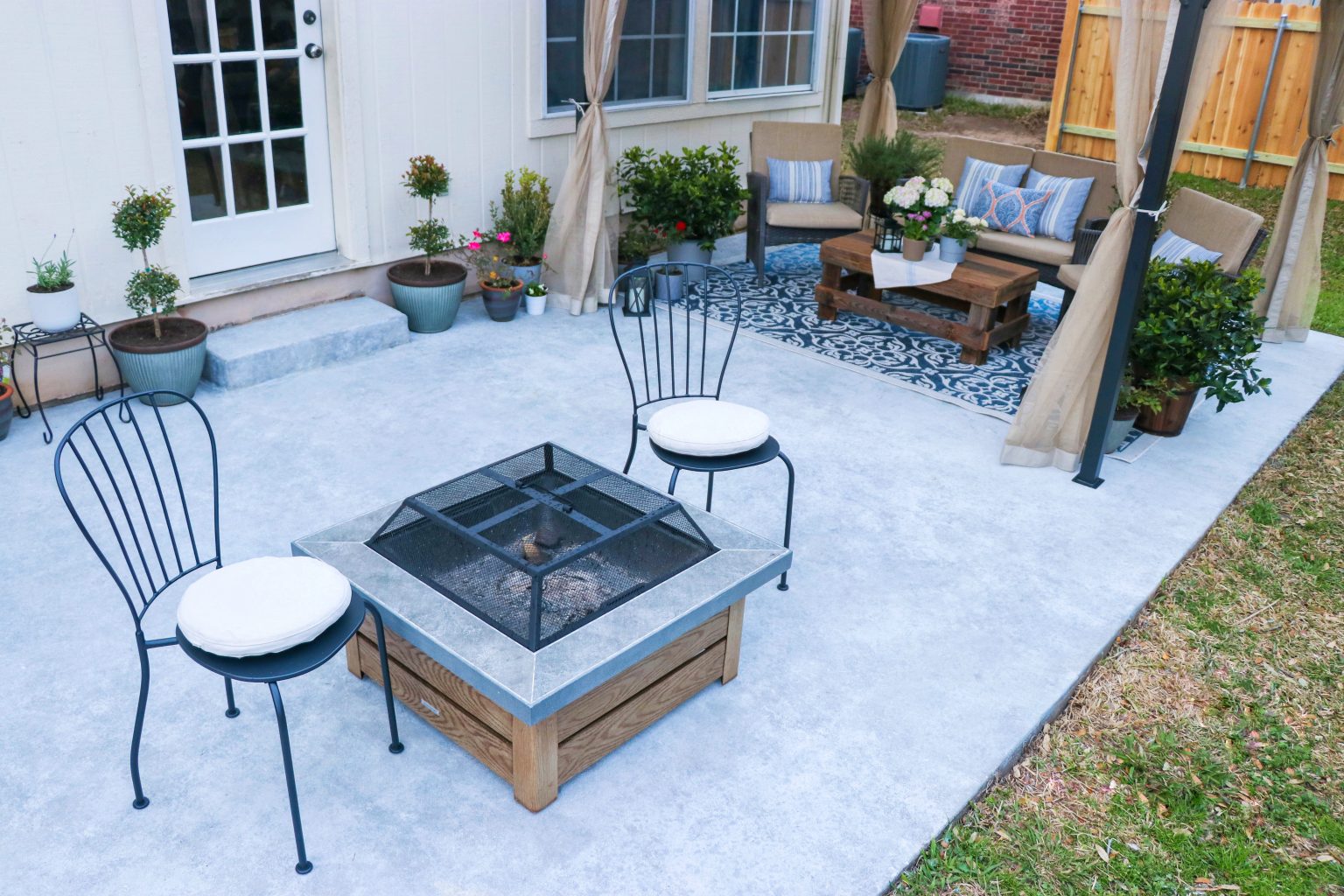
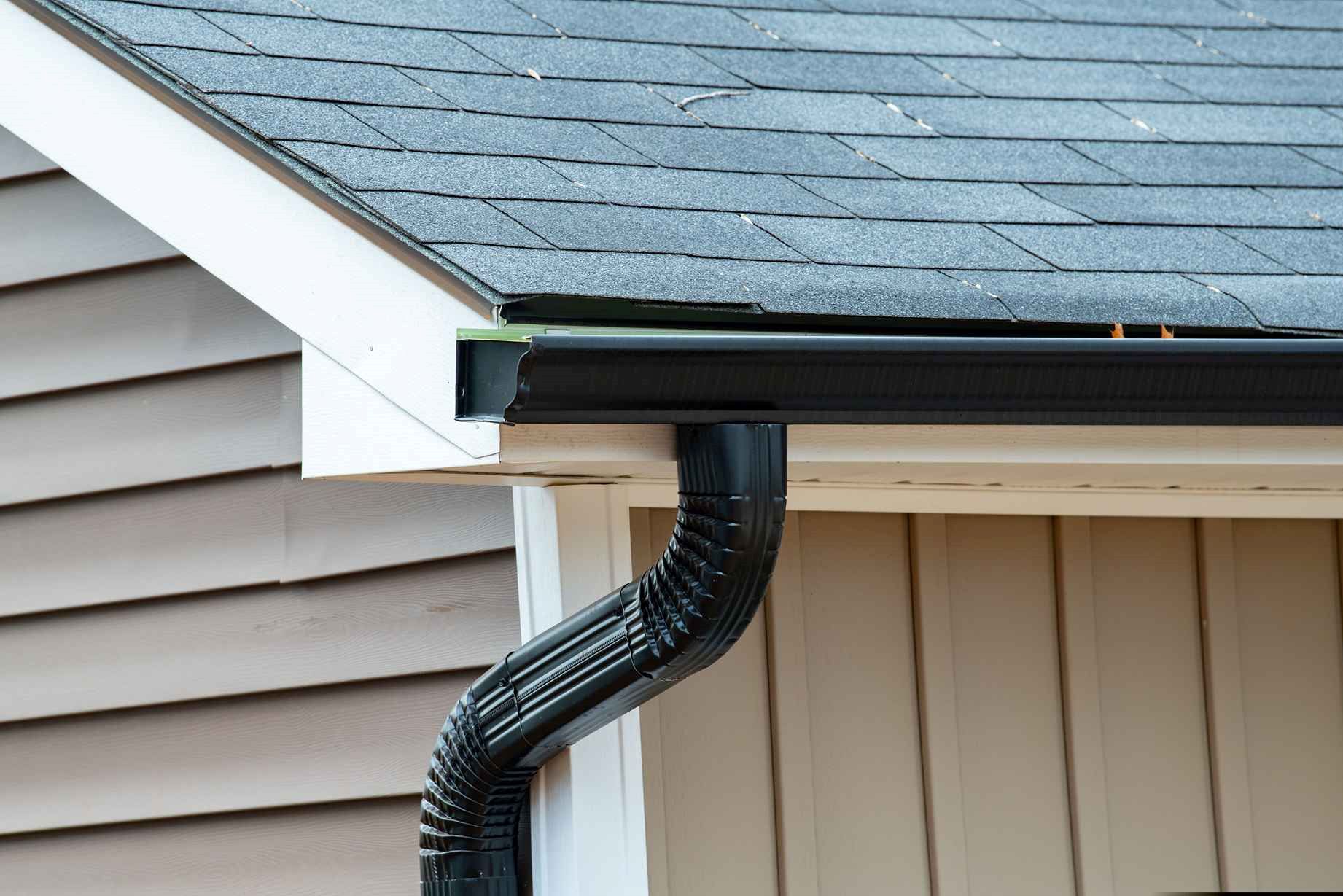

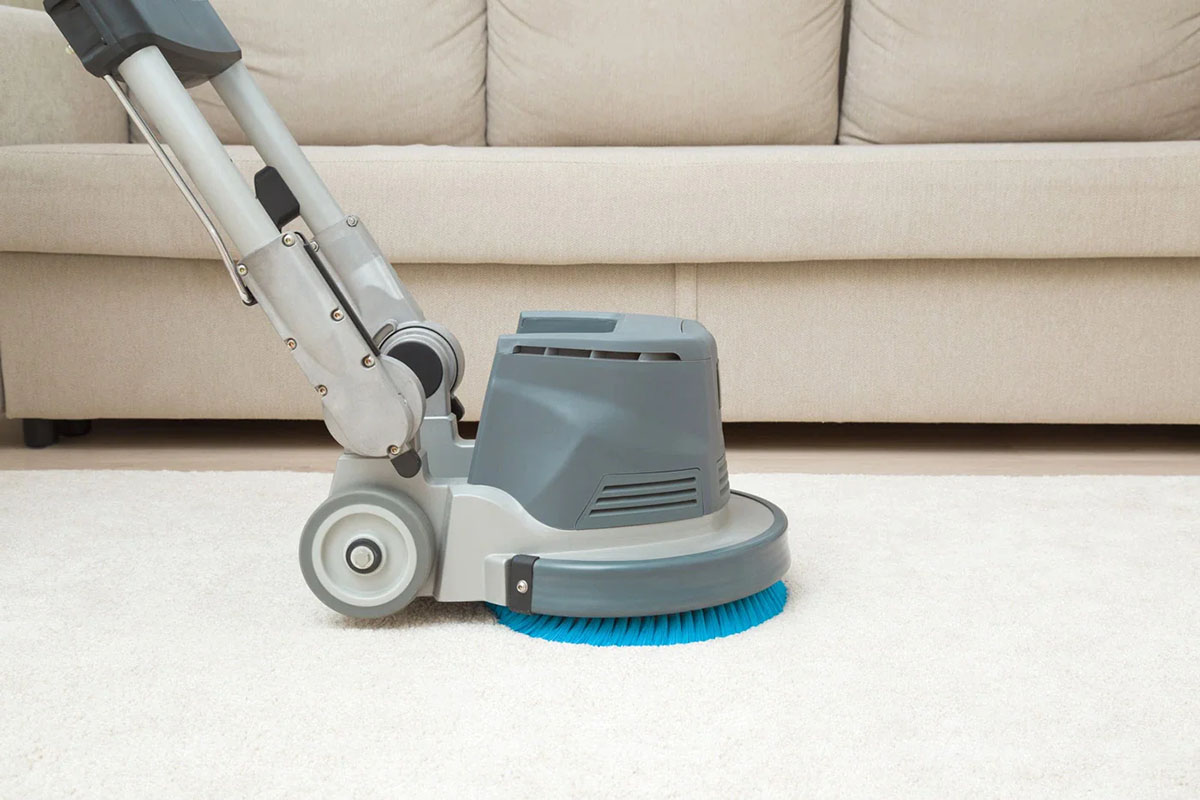
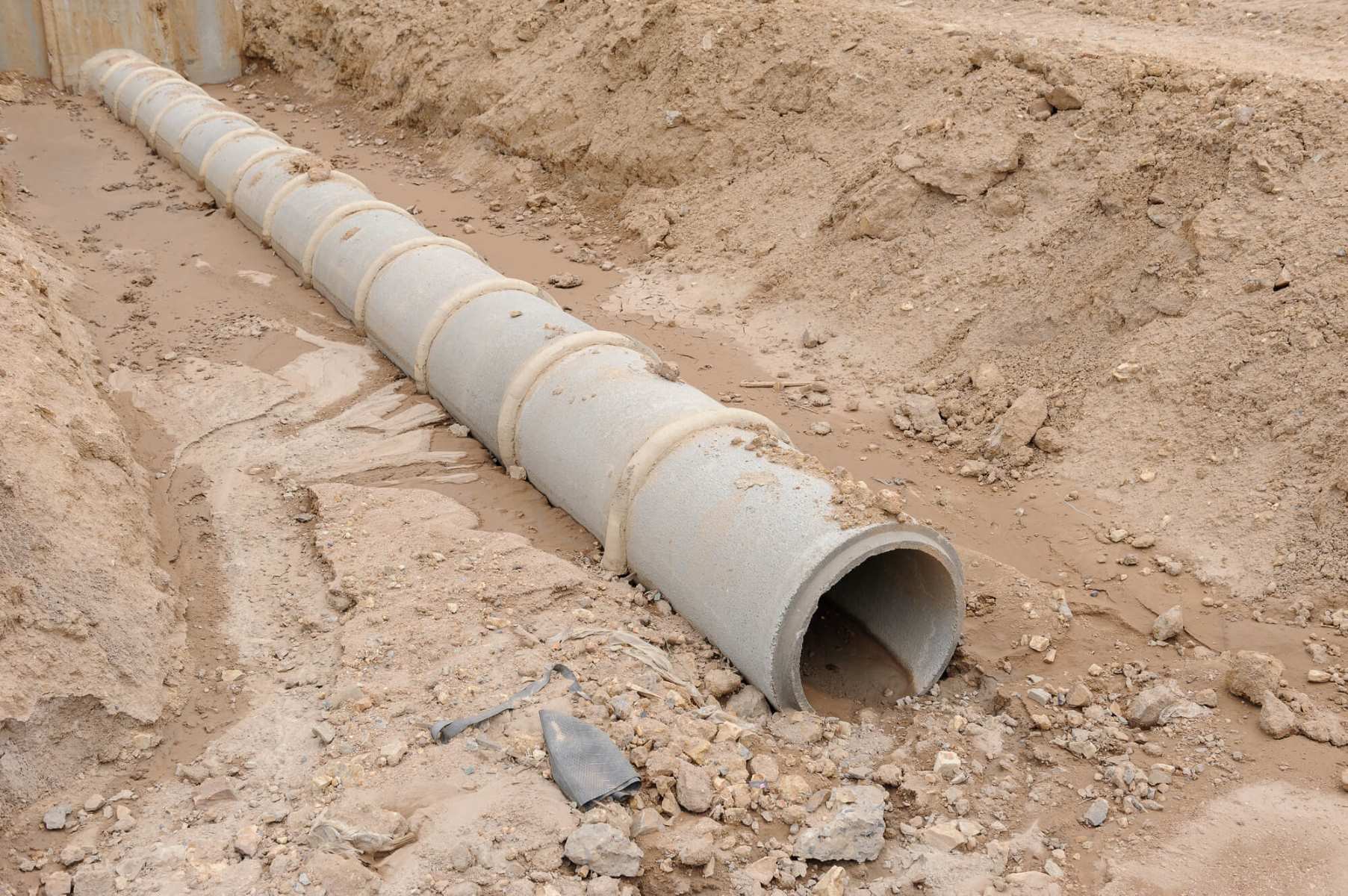
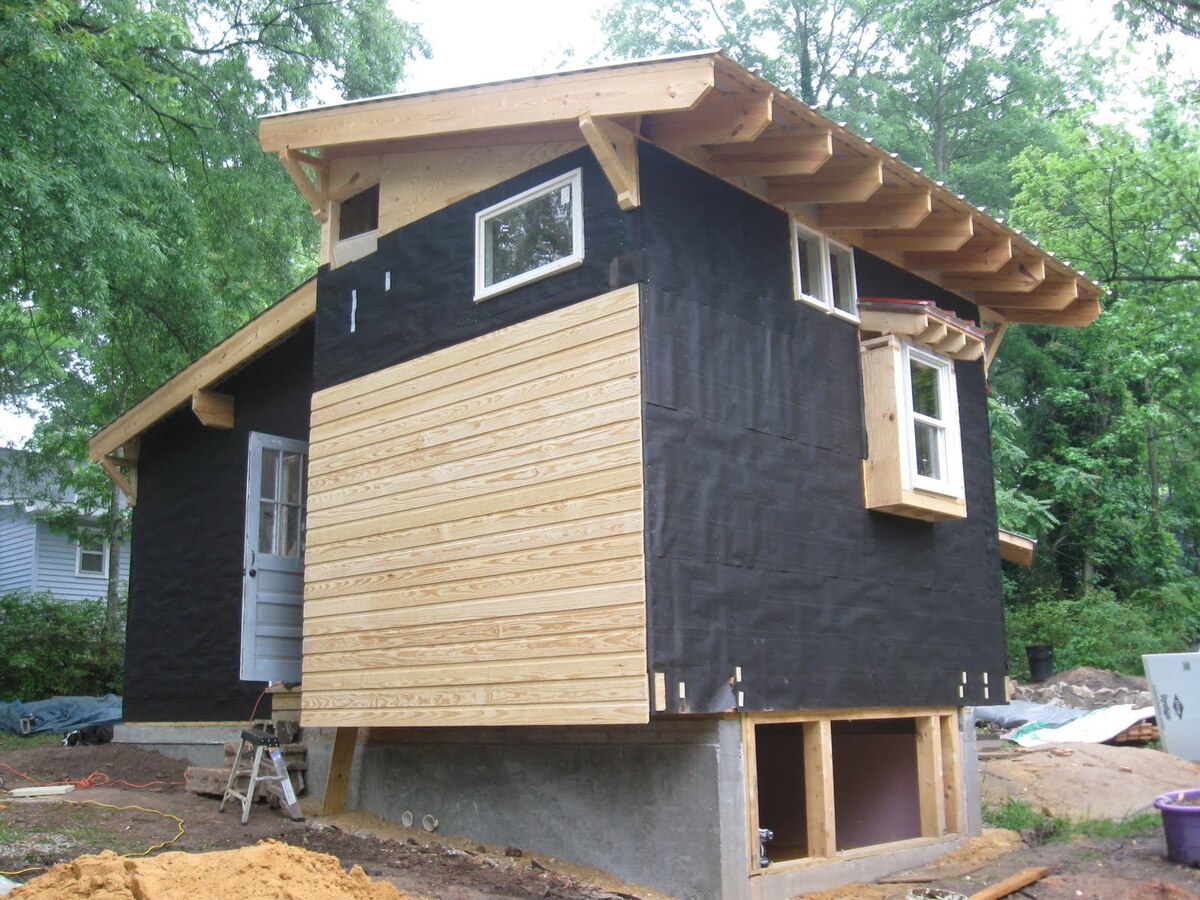

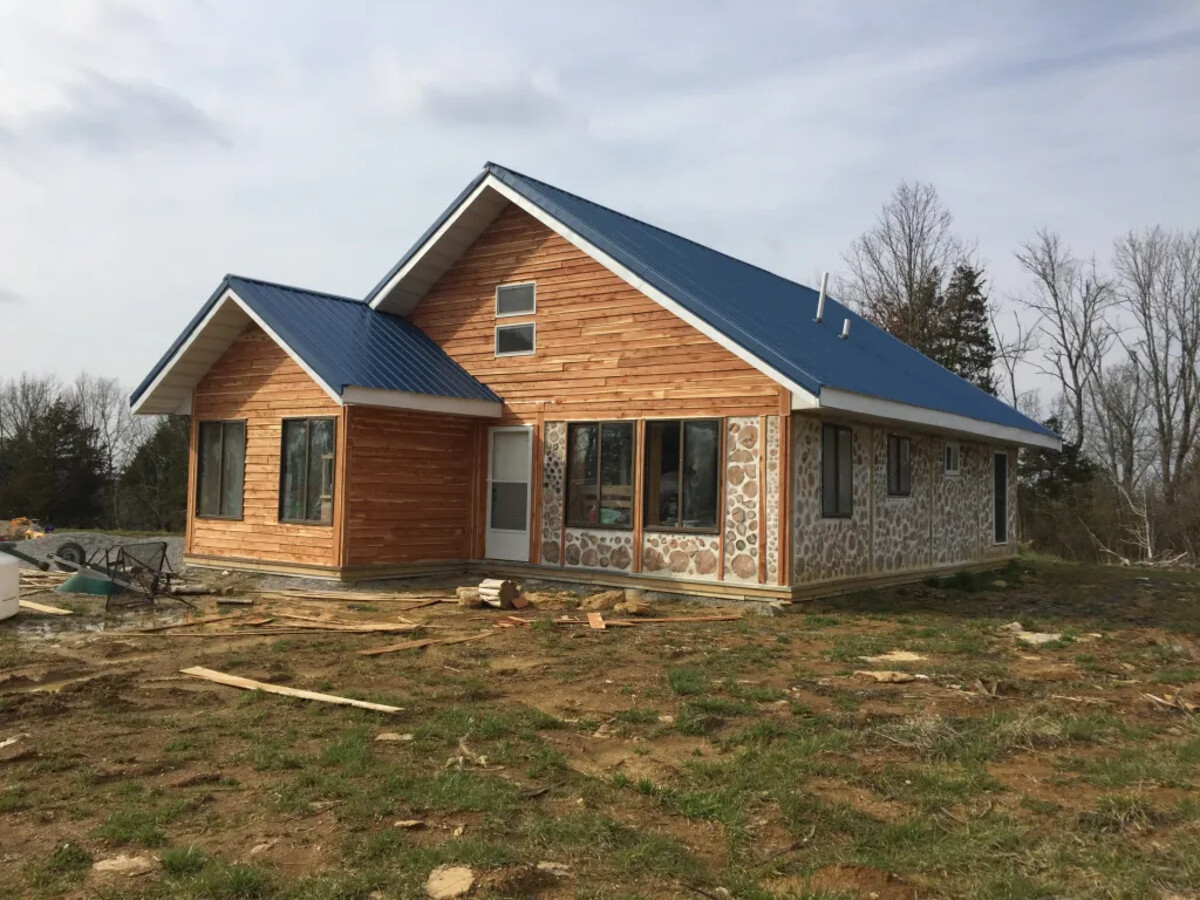

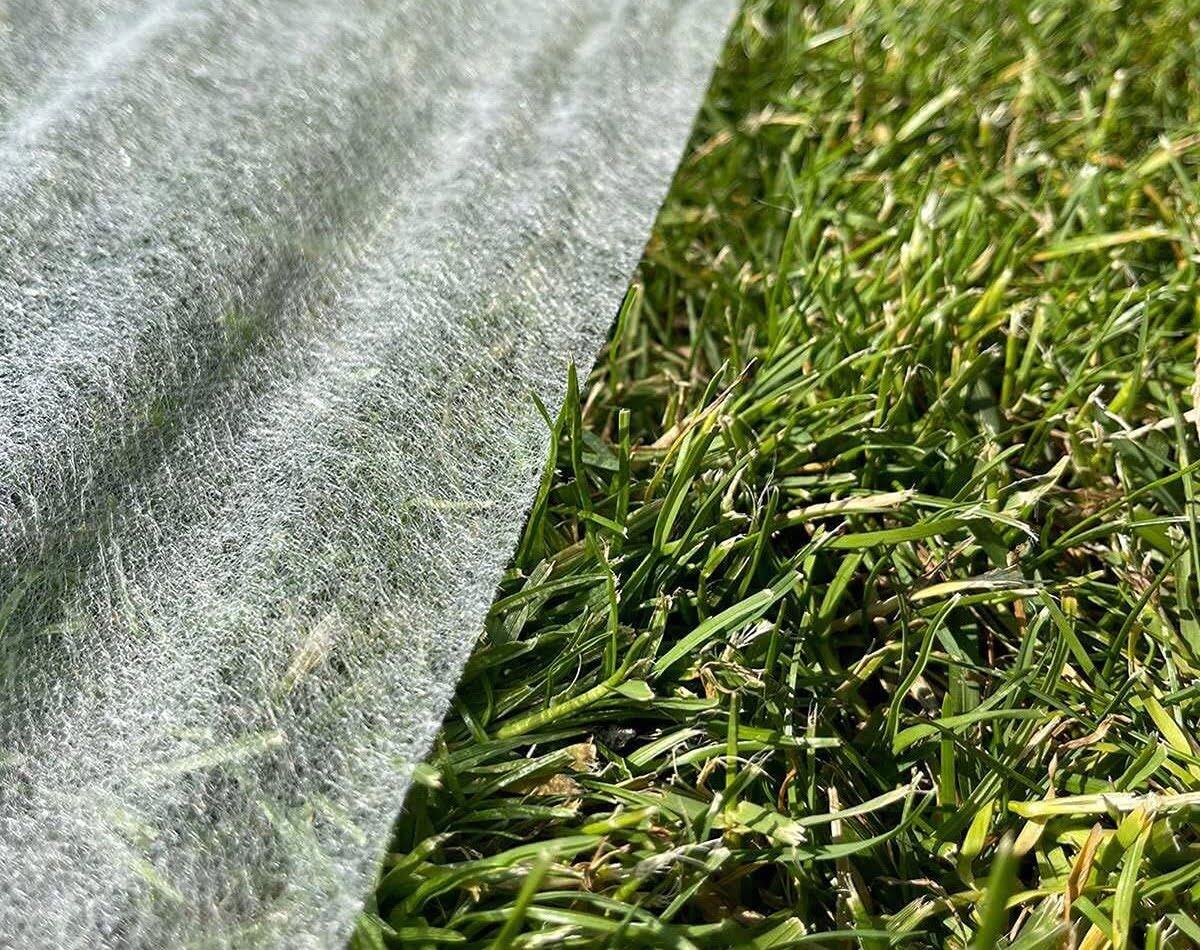
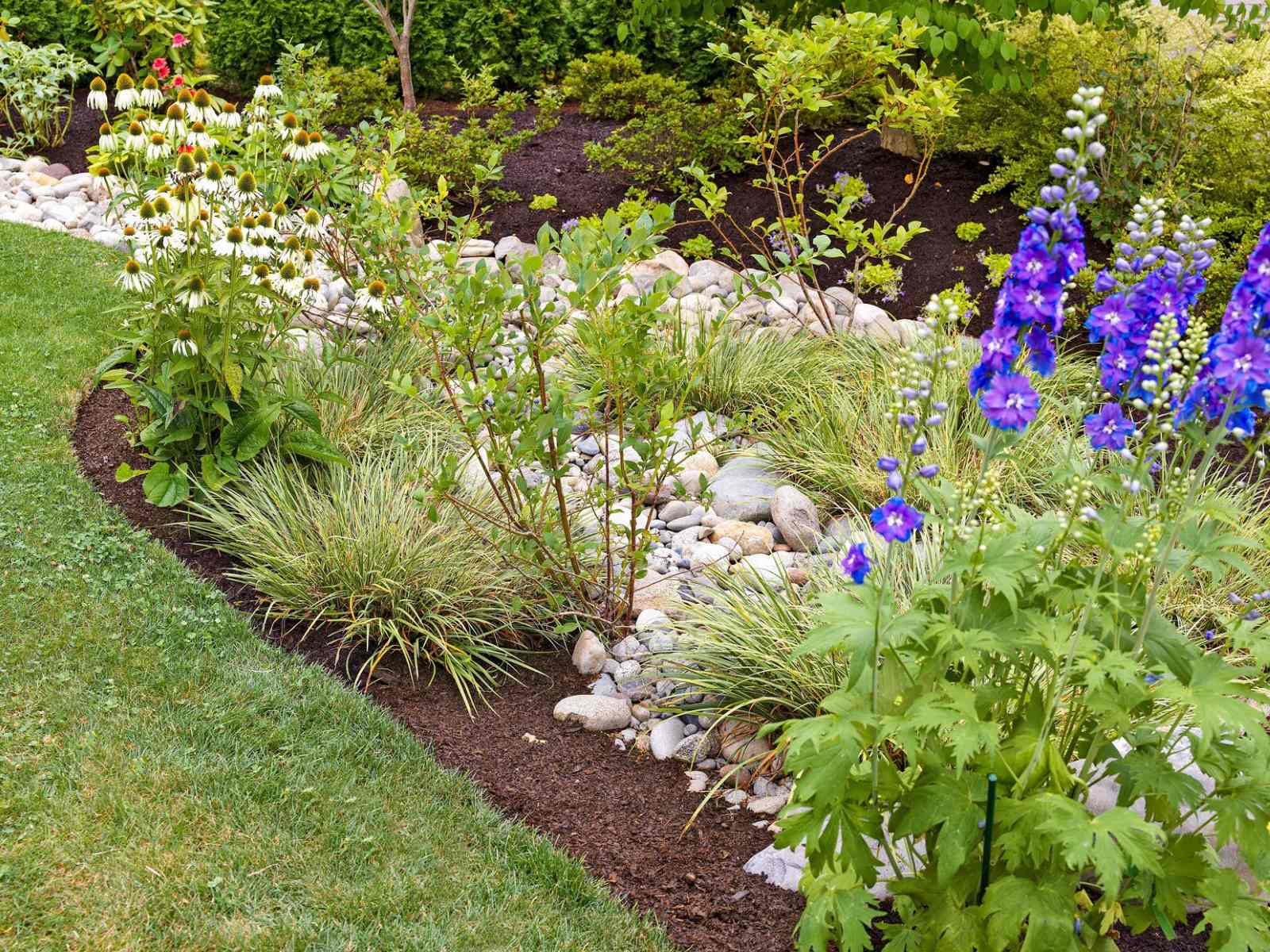
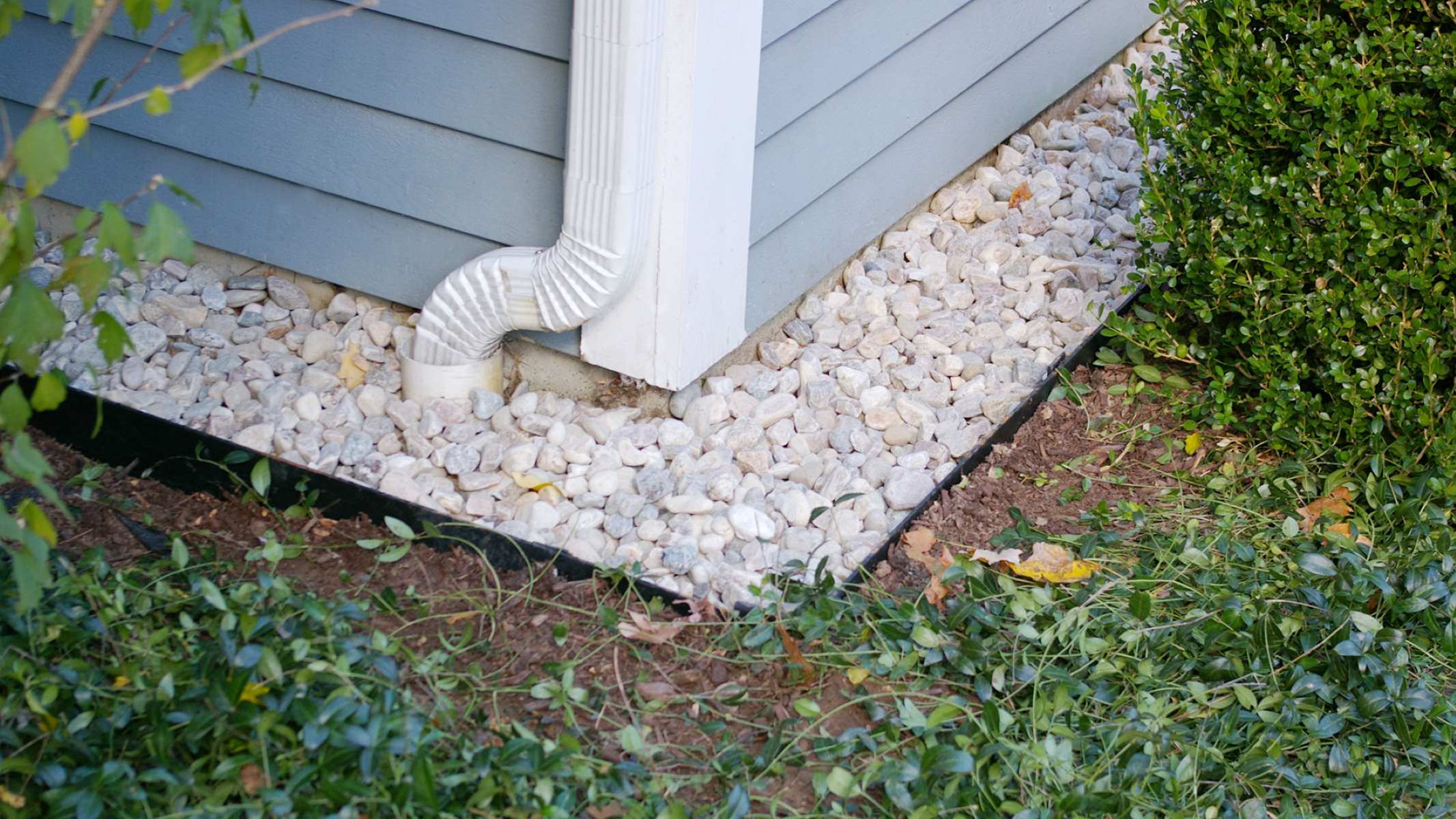
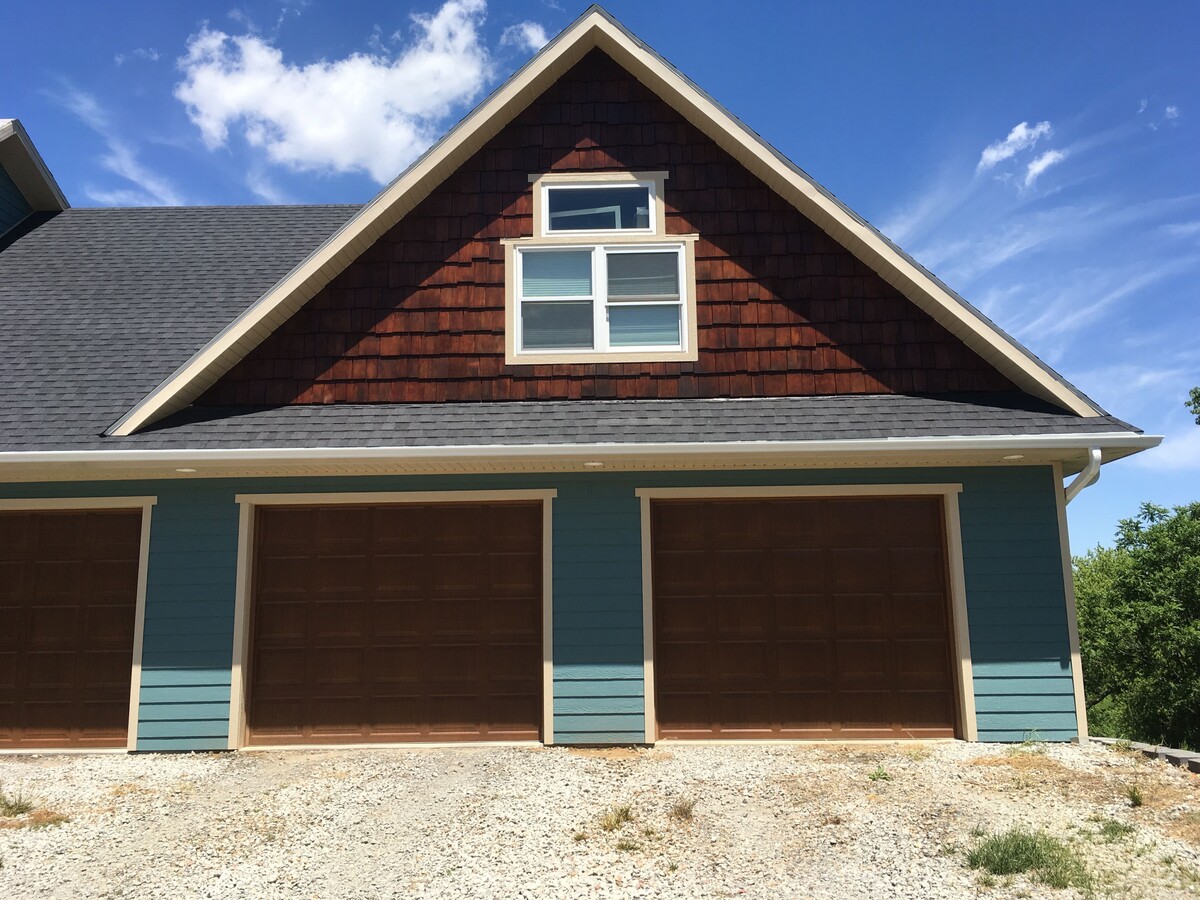

0 thoughts on “What Can I Put Over Concrete Walk On Side Of House For Drainage”